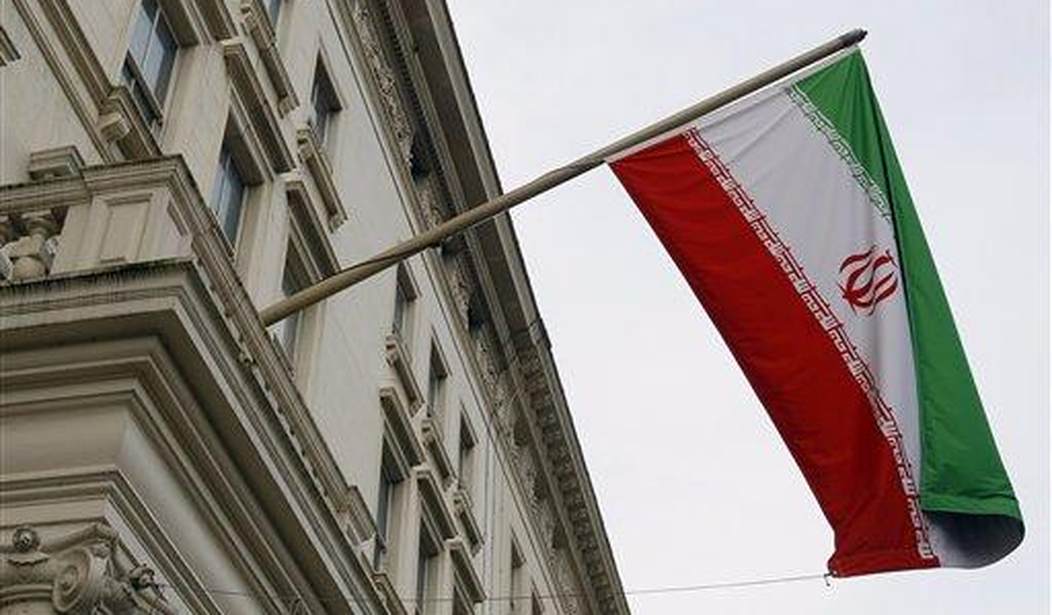Having learned no lessons from the nationwide uprising that exploded last September following the brutal killing in custody of the young Kurdish girl Mahsa Amini, the Iranian regime’s misogynist morality police are on the move again. Last week, the Tehran Criminal Court sentenced a woman to two months in prison for hijab violations. The judge, Ali Omidi, accused her of “anti-Iranian behavior.” In a more sinister outburst, he also ordered that she should be subjected to compulsory health checks, as her failure to wear the hijab was a clear display of “disease” symptoms that “must be treated.” Such claims are frighteningly reminiscent of judgements in the former Soviet Union, where people who were considered anti-communist were deemed to be insane and were sent for electric shock treatment in psychiatric hospitals.The morality police tracked her down using images from a ‘smart’ CCTV camera. Similar cameras have been installed in public places in towns and cities throughout Iran, targeting violators of the mandatory hijab law. Those sentenced will also face a two-year travel ban.
Following 22-year-old Mahsa Amini’s brutal murder for allegedly not wearing her hijab properly, the mass protests that shook Iran went on for months. In a vicious crackdown, the Islamic Revolutionary Guards Corps (IRGC) and their militia thugs, the Basij, killed more than 750 mostly young protesters. Over 30,000 were arrested and several protesters have been executed. Many more have been transferred to solitary cells to await execution. Such was the fear of the theocratic regime at the magnitude of the uprising, the morality police were confined to barracks. There were even rumors that they may have been disbanded. But, on the instructions of President Ebrahim Raisi, known as the ‘Butcher of Tehran’ for his notorious role as an executioner, patrols by the morality police, known as Ershad (guidance), have begun again. The Guidance Patrols tour Tehran and other towns and cities on foot or in distinctive white vans with green stripes, arresting any women or girls that they deem to be in violation of the strict Islamic Sharia Law dress codes. The installation of ‘smart’ CCTV security cameras in public places and thoroughfares has added a new ominous dimension to the escalating crackdown and could now backfire spectacularly against the regime.
The spiraling suppression of women in Iran has outraged human rights organizations and has even alarmed sections of the normally supportive Iranian state-controlled media. In an article on July 16, the editor of the state-run Jomhuri newspaper warned: “Do not think that the people’s patience is endless. Fear the day when the army of the hungry will rise against you. At least think about your survival and your rule.” He was giving voice to the concern that Iran’s huge population of young women and men have reached the end of their tether. They are in an explosive mood, ready to rise up in their millions to overthrow the fascist mullahs and their corrupt and tyrannical regime. They have widespread access to social media and despite repeated attempts by the mullahs to close down swathes of the internet, young Iranians know what freedom and justice look like. They know what they are missing, and they are seething with anger. On July 16, the state-run Entekhab newspaper warned that “The restart of the Guidance Patrols will have irreparable consequences.”
Recommended
Young Iranians have also been inflamed by videos that have been published on social media showing arrests and threats against women by the guidance patrols and the draconian sentences imposed on those arrested. In some cases, women have been forced by the courts to wash corpses for a month in the main cemetery in Tehran. Meanwhile the controversial ‘Hijab Bill’ is winding its way through the regime’s legislatures. The bill was delivered from the judiciary to the government and from the government to the Majlis (parliament) on May 30. The Majlis attempted to fast-track debate by designating the topic as a double-priority bill, but it did not gain enough votes and was referred to the Majlis Social Committee as a regular bill. Although the Majlis Speaker Mohammad Bagher Qalibaf has expressed hope that the bill will pass within the next two months, its fate remains unclear. The terms of the bill have divided opinion, with Supreme Leader Ayatollah Ali Khamenei’s hard-line spokesman in the city of Mashhad warning parliament: “Is this really a hijab bill or is it a bill protecting the unveiled?”
As sporadic protests rumble on across Iran, even involving pensioners and disabled people who face increasing hardship due to soaring inflation and the collapse of the Iranian currency, active resistance to the regime continues to expand. The criminalization of women and girls for refusing to wear the hijab is a clear violation of their rights to freedom of expression. But it is only one of many violations and abuses that the people of Iran have had to suffer for the past four decades at the bloodstained hands of the mullahs. Resistance units of the People’s Mojahedin of Iran/Mojahedin-e Khalq (PMOI/MEK) have grown rapidly across the nation during the mass insurrection, spearheading uprisings and anti-regime protests, and courageously giving a voice to the Iranian people. It is time the UN, US, EU and UK showed similar courage by abandoning their policy of appeasement to Iran and calling out the mullahs’ regime for its serial abuse of human rights and sponsorship of war and international terrorism.

























Join the conversation as a VIP Member